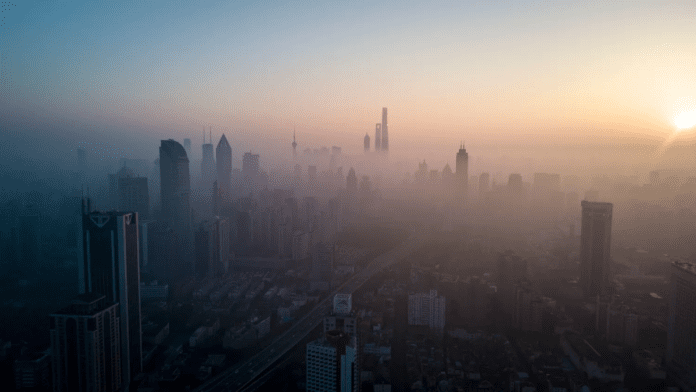🕒 Last updated on July 17, 2025
A surprising new study from climate researchers reveals a troubling twist in the fight against global warming. As countries around the world work hard to clean up air pollution, scientists are now warning that fewer aerosols in the air might actually be making heatwaves worse, especially in cities.
Cleaner Air, Hotter Cities
Aerosols are tiny particles released into the air through human activities like burning coal, running factories, and driving cars. While they are harmful to breathe and contribute to poor air quality, they also do one important thing: they help cool the Earth by reflecting sunlight back into space.
For nearly a century, these particles helped keep urban areas cooler than they might have otherwise been. But now, as governments enforce stricter clean air rules and reduce emissions, aerosol levels are dropping and temperatures are rising.
Using advanced climate models, researchers have discovered that aerosols had been helping cut heatwave occurrences in cities by nearly half since the 1920s. But that protective effect is fading. As aerosol levels drop, heatwaves are returning stronger and more often.
Heatwaves on the Rise Worldwide
Scientists have found that the reduction in aerosols has a stronger effect on heatwaves than even greenhouse gases in many regions. This means that cleaner air is playing a bigger role in increasing heatwave days than previously thought. In urban areas, where millions of people live, this could have serious consequences.
In fact, the research shows that aerosols can influence heatwave intensity up to 2.5 times more than greenhouse gases. When aerosol levels were higher, they reflected more sunlight and reduced the heat that reached the ground. Now, with fewer aerosols, more sunlight is getting through, causing urban areas to heat up much faster.
The study found that today’s average number of heatwave days per year in certain cities is around 40. However, if current trends continue, that number could grow to as many as 110 days annually by 2080. That’s almost one-third of the year spent under heatwave conditions.
Some of the areas expected to experience the largest increase in heatwaves include Sub-Saharan Africa, South Asia, South America, and Western Europe. In Western Europe alone, scientists predict that the number of heatwave days could rise by up to 40 days per year within just the next 25 years.
Urban Areas Hit the Hardest
The research warns that cities are the most at risk because of how they are built. Concrete buildings and asphalt roads soak up heat during the day and release it slowly at night. This “urban heat island” effect makes cities even hotter than surrounding areas. With fewer aerosols in the atmosphere, this effect becomes much worse.
Catastrophe Bonds Hit Record $18B as Insurers Offload Climate Risk
The researchers used high-powered global climate models to track how changes in aerosol levels affected temperatures in cities. These models showed a clear link: as aerosol emissions went down, the number of heatwave days went up.
From 1920 until now, high aerosol levels helped reduce urban heatwaves significantly. But as more countries reduce pollution to improve public health, this cooling effect is disappearing.
Governments have made important progress in reducing air pollution for health reasons. But the study points out a surprising side effect: cleaner air could lead to more heatwaves unless cities are prepared for the changes.
This unexpected link between cleaner air and rising temperatures in cities is a powerful reminder of how complex the Earth’s climate system is. While reducing aerosols has made the air safer to breathe, it has also removed a natural defense against extreme heat.
The study was supported by leading scientific organizations and involved contributions from several climate experts. Their findings highlight a growing risk that urban areas may not be fully ready to handle. As heatwaves become more frequent and intense, cities will face new challenges in keeping people safe and healthy.

